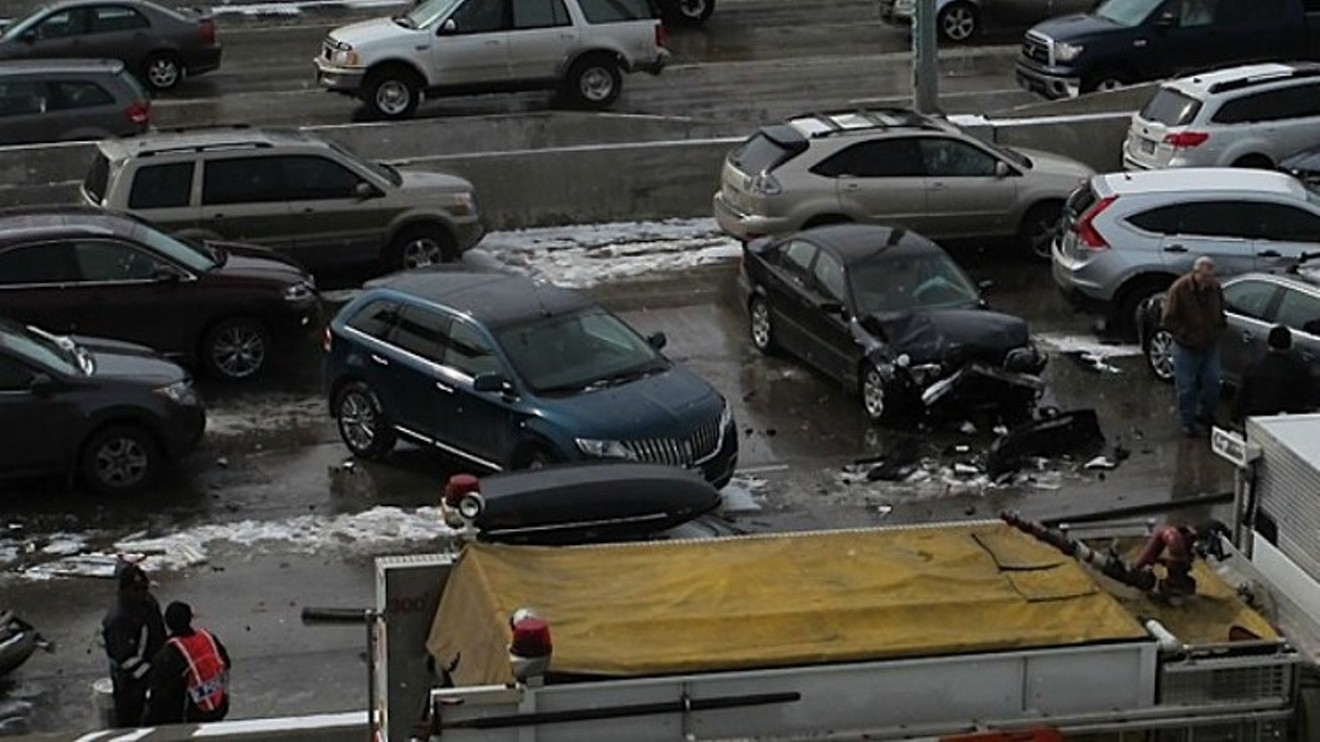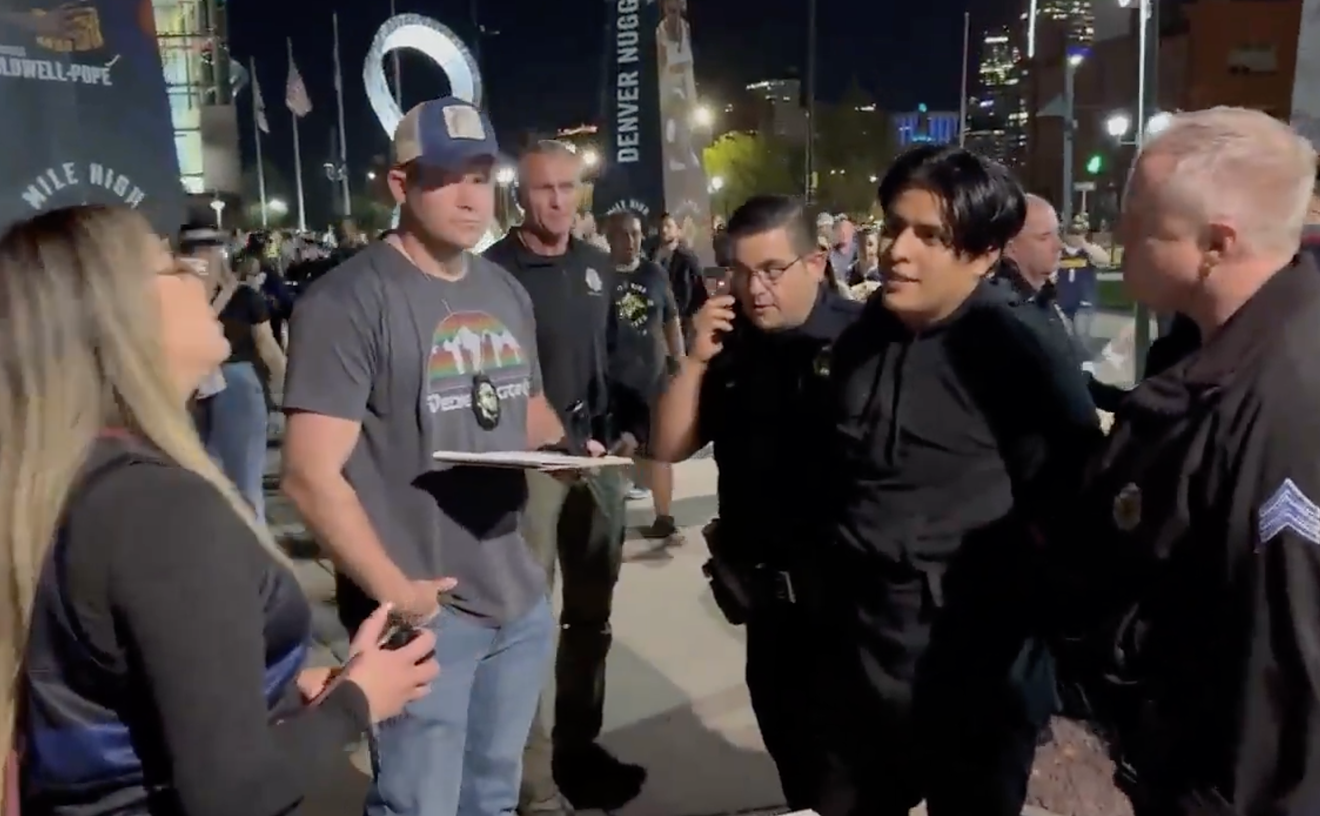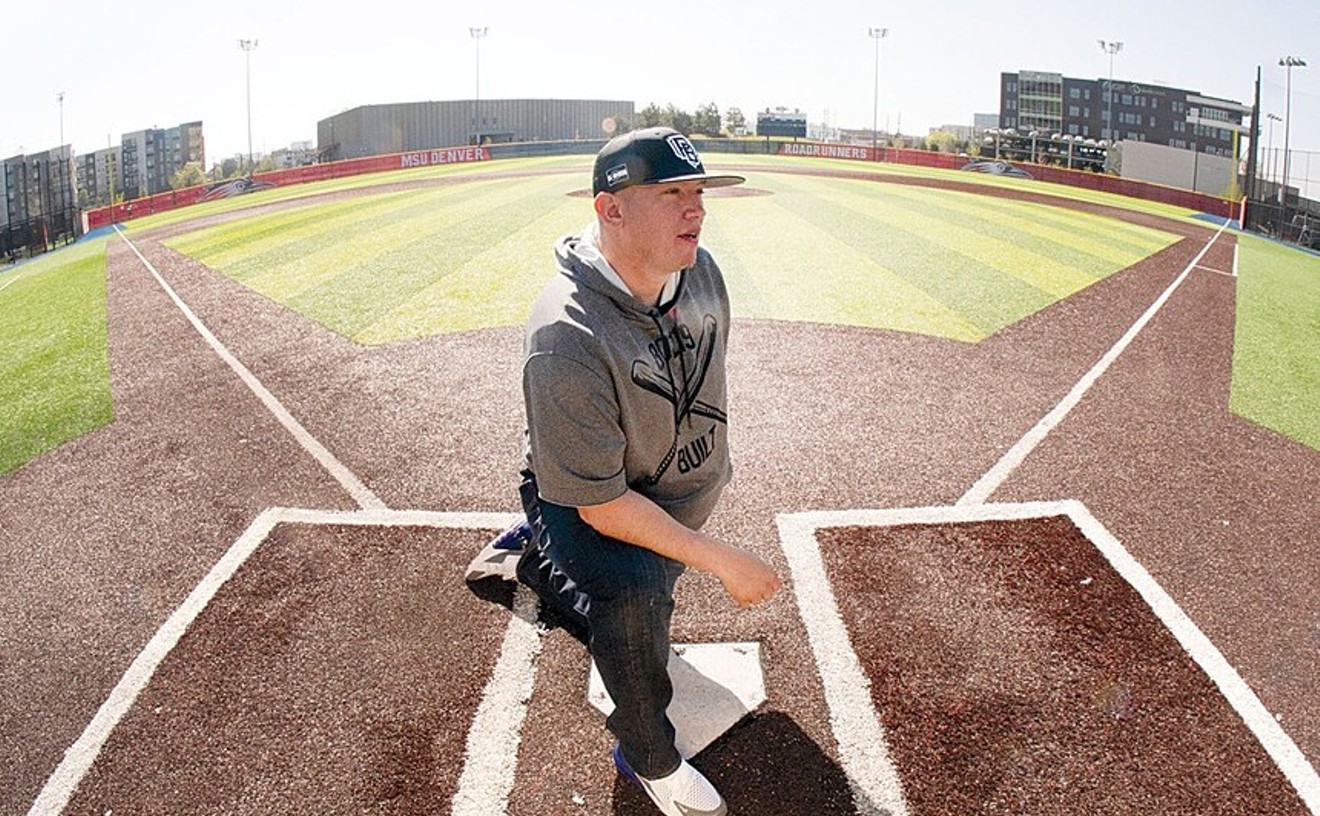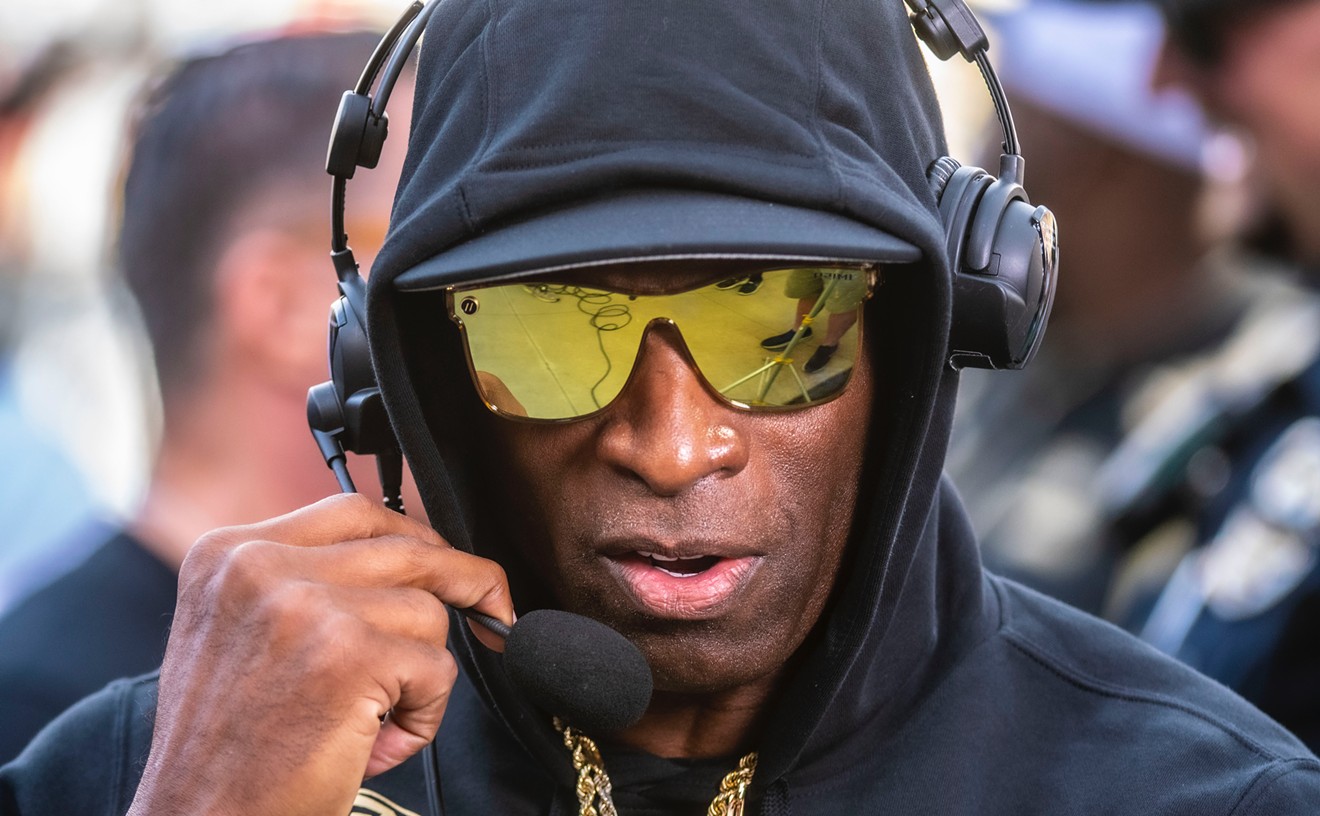Against this backdrop, a new study contends that Colorado drivers are the sixth-lousiest in the nation, as measured against the other 49 U.S. states. Analysis of data over the course of the past decade, when Colorado has boomed like never before, suggests that this result isn't an outlier, but the culmination (for now) of a developing trend.
One significant takeaway: The poorest Colorado drivers simply do not give a fuck.
There are plenty of theories about why this on-the-road situation might be happening, with the most popular focusing on rapid population growth owing to an influx of transplants that has overwhelmed existing infrastructure, leading to a slew of new construction projects that tend to exacerbate the problem until they're completed.
Car Insurance Comparison offers the opportunity to trace this progression. Every year since 2011, with the exception of 2012, the website has produced a study about the most deplorable drivers by state. The methodology, drawing upon facts and figures from the U.S. Department of Transportation's National Highway Traffic Safety Administration, has remained consistent, as have the five major categories used to determine the rankings. They are:
• Fatality Rate: The number of traffic deaths for every 100 million vehicle miles traveledThe state's overall performance in these studies has steadily declined. In 2011 and 2013, Colorado placed in the middle of the pack in terms of driver quality after scores from the assorted brackets were combined, landing at 25 and 26, respectively. The number fell to 11 in 2014, then rose to 18 in 2015, dipped to 15 for both 2017 and 2018, and tumbled to 6 this year, landing the state in the bottom ten for the first time ever.
• Failure to Obey: Deaths involving failure to obey traffic laws (not wearing seat belts, ignoring traffic signals, or driving without a valid license)
• Drunk Driving: Traffic fatalities involving alcohol-impaired drivers
• Careless Driving: The number of bicyclists and pedestrians killed by drivers for every 100,000 residents
• Speeding: Deaths involving motorists who were speeding
This outcome is colored by tragedy. In 2018, the NHTSA recorded 632 traffic fatalities in Colorado, with 373 taking place on what were characterized as urban roadways and 259 striking in rural areas.
Young drivers make up a significant portion of the casualty sum. The study notes that traffic fatalities among such motorists dropped by as much as 50 percent in the late 1990s, according to the Colorado Department of Transportation, only to ratchet upward in the 21st century. Over the past two years, the 86 teen drivers who died in crashes represented a 34 percent upswing.
While the decreases in three of the five main study categories has been fairly small, the totals in the other two have collapsed:

The aftermath of a July 1 crash near South Bryant and West Alameda that injured two people and killed two dogs.
In 2019, Colorado placed 22nd in this category, hitting its lowest rung to date.
Previously, scores in this area have been among the better ones for the state, even if they left a great deal of room for improvement. In 2011, 2013 and 2014, Colorado's ranking was 30th, 32nd and 33rd; after slipping to 29th in 2015, the state hit 30th again in 2016 and 2017 before sliding to 26th last year.
The latest slippage is worrisome, but not as much as the stats in the next grouping:
FAILURE TO OBEY
Some might interpret the inclination of many Colorado drivers to ride without seat belts, blow through traffic signals and take the wheel whether they're properly licensed or not as an example of Western individualism. But it can have calamitous consequences.
Colorado has gotten awful grades by this measure in the past, but they've tended to yo-yo. In 2011, the state ranked 25th, but in 2013, the mark was 6th, followed by 4th in 2014, 2nd in 2015, 3rd in 2016 and 5th in 2017.
The 18th place registered last year suggested a turnaround, but it was not to be. This year, only Idaho and North Dakota had more failure-to-obey deaths per capita than Colorado.
DRUNK DRIVING
The 25th place that Colorado notched here is its best score in 2019. But it's also the state's second-lowest drunk-driving ranking in the history of the study; in 2016, it was 14th.
This area has traditionally been one of strength for the state. In the first study, Colorado ranked 39th in this category.
Other scores include 27th in 2013, 21st in 2014, 26th in 2015, 31st in 2017 and 27th in 2018. This year's number isn't a lot lower, but it contributed to the overall downturn.
CARELESS DRIVING
The 21st-place finish in this division is among Colorado's least impressive efforts. But the scores have been all over in the past decade.
In 2014 and 2016, the state hit 19th and 18th place, respectively, and in 2011, it was 16th.
Still, Colorado can do better, and has, ranking 35th in both 2013 and 2017.
SPEEDING
This is the other area in which Colorado cratered. Its 11th-place finish for 2019 represents its second-worst score in this area over the decade, better only than 8th place in 2017.
During many other years, Colorado's speeding-death stats weren't as alarming: It ranked above 20th in 2011 and 2013, better than 30th in 2015 and 2016.
Last year, though, the state was 16th in speeding deaths, setting the stage for this year's total — one that seems to confirm everyone's suspicions about Colorado driving overall.












